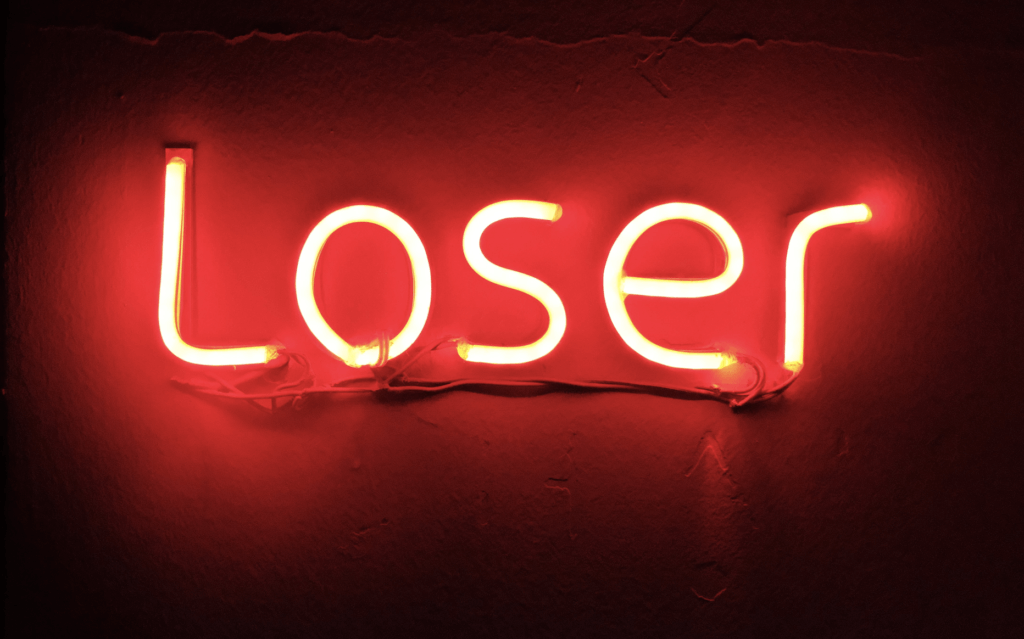The “Fiver Rules” recognize the reality of modern litigation practice
WARNING: Typically, I try to write posts that will interest lawyers and non-lawyers alike. But this post is for attorneys only, particularly Texas attorneys. If you don’t have a “JD” or an “Esq.” after your name, DO NOT READ THIS. It is “inside baseball” exclusively for us lawyers.
The high-powered litigation firm Susman Godfrey popularized the practice of “Trial by Agreement,” a process where lawyers on both sides of a lawsuit agree on certain procedures up front to minimize gamesmanship and unnecessary discovery disputes.
This was an admirable goal, but as a practicing Texas litigator, I find that the suggested stipulations on “Trial by Agreement” don’t always match the reality of modern litigation practice. Having closely observed the way Texas lawyers actually handle lawsuits, I propose that readers of Five Minute Law agree on the following “Fiver Rules” for Texas litigation.
1. Every response to a written discovery request must begin with three pages of detailed “general” objections. If the responding law firm is from California or New York, the requirement is increased to five pages. These general objections must state that they apply to every request, but most of them must not actually apply to every request.
2. In state court, the response to each request for production must include an objection that the documents are privileged. Texas Rule of Civil Procedure 193.2(f) says that the responding party should withhold privileged documents, not object to the request, but the parties will be required to ignore this rule.
3. Contention interrogatories must ask for “all facts” supporting the responding party’s contentions. Texas Rule of Civil Procedure 197 is clear that phrasing a contention interrogatory this way is objectionable, but the requesting party must ignore this rule. Conversely, an interrogatory asking for the basic factual grounds for a claim in a party’s pleading must be met with the objection that it improperly requires “marshaling evidence.”
4. The “conference” requirement for discovery disputes may be satisfied by stating to opposing counsel in writing that all of his objections are unfounded. The statement must be in the form of a letter attached to an email to emphasize its seriousness. Alternatively, the procedure for resolving discovery disputes will be a conference call with at least three participants on each side. The lead lawyers are expected to use the conference call to train their associates on how to show the lawyers on the other side how tough and smart they are.
5. Motions for summary judgment will be decided based on which side brings a larger binder of documents for the judge. If the binders are the same size, the tie-breaker will be which side has more PowerPoint slides.
6. Every document produced in discovery must be designated “Confidential – Attorneys’ Eyes Only,” regardless of actual confidentiality. This includes documents found on the internet and copies of pleadings from publicly available court files.
7. No one is allowed to smirk or make a sarcastic comment when a lawyer interrupts a difficult deposition question to “confer on a privilege issue.” If there is no plausible reason the question would raise any privilege issue, the remedy for the questioning lawyer will be limited to resuming the deposition with a snarky comment like “now that you’ve had a chance to confer with your lawyer . . .”
8. The parties stipulate that every witness met with his lawyer five times for a total of 20 hours to prepare for the deposition. How many hours of your life have you spent listening to detailed deposition questions about who the witness met with, where, and for how long to prepare for the deposition? How many times has this questioning resulted in discovering a fact that will make any difference whatsoever at trial? This stipulation will save time for everyone.
9. Each side’s first request for production will include a request for every document generated by the other side’s expert witness. Never mind that the “new” Texas discovery rules (which are now over 20 years old) provide for only two exclusive methods of obtaining discovery about testifying experts (read Rule 195.1 if you don’t believe me). Why waste those forms your firm has been saving since the Reagan administration?
10. In federal court, the defendant must file a motion to dismiss raising every possible factual defense to the plaintiff’s claims. A lot of court opinions say the judge should decide a motion to dismiss based only on the facts alleged in the plaintiff’s complaint. Those courts obviously do not appreciate the number of billable hours that a thorough motion to dismiss can generate for the benefit of both sides. (In state court this requirement can be met by filing a TCPA motion to dismiss.)
Agreeing on these rules up front will level the playing field for everyone. Nerds who take the Rules of Civil Procedure seriously will no longer be at a disadvantage. If the judge reprimands a lawyer for following one of the Fiver Rules, it will be socially acceptable for that lawyer to point at opposing counsel and say “he started it!”
And if you are a non-lawyer who has gotten this far and is now saying, “I wish I had that five minutes of my life back,” all I can say is, “you were warned.”
___________________

These are his opinions, not the opinions of his firm or clients, so don’t cite part of this post against him in an actual case. Every case is different, so don’t rely on this post as legal advice for your case.




Comments:
Right. I’ll make that no. 11.
Don’t forget that you also have to object to disclosure requests…